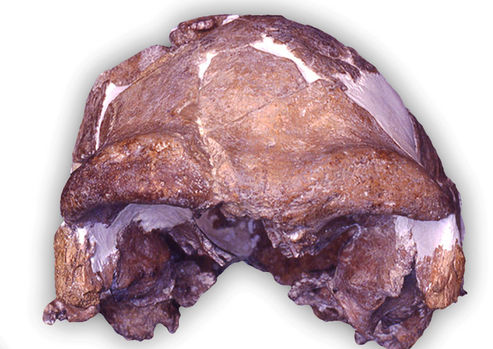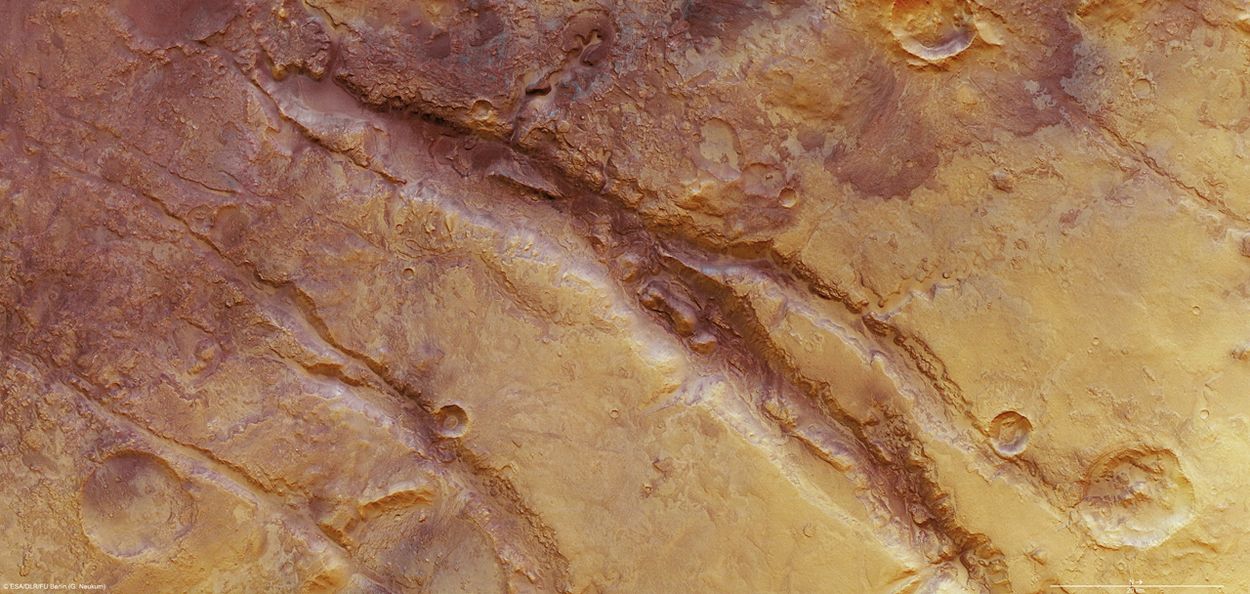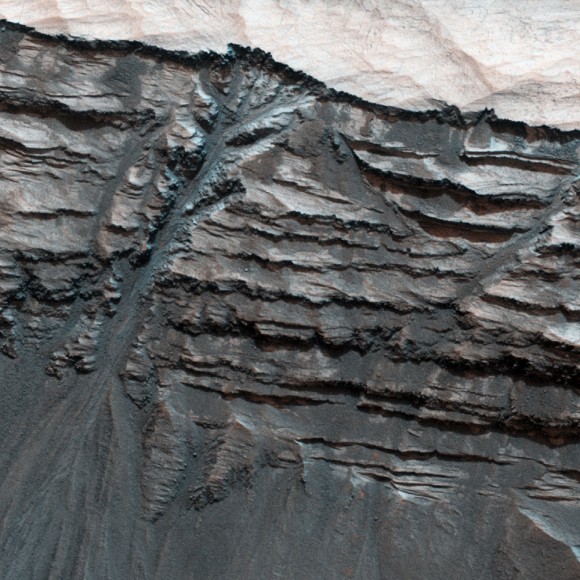
© RedOrbit
A 56-year-old Oregon woman awoke from sedation after dental implant surgery speaking in a British accent, in what some say may be a case of 'foreign accent syndrome' -- a rare, but very real, speech disorder.
Appearing Thursday on NBC's
Today show, Karen Butler of Toledo, OR, described the accent as an odd mixture of Irish, Scottish and northern British, with perhaps a dash of Australian and South African.
"And I can't make it be something that it isn't. You can pretend to have a southern drawl and talk like John Wayne; I can't," she said.
"Whatever pops out of my mouth is what pops out."
"At first we assumed it was because of all of the swelling," Butler said during an interview with ABC news, referring to her initial symptoms following her surgery 18 months ago.
"But within a week the swelling went down and the accent stayed," she said.
Butler may have something known as foreign accent syndrome, a condition so uncommon that only 60 cases have been documented worldwide.
The disorder is often preceded by a minor stroke, with the new accent thought to derive from a minor injury to a tiny part of the brain responsible for language pattern and tone.






